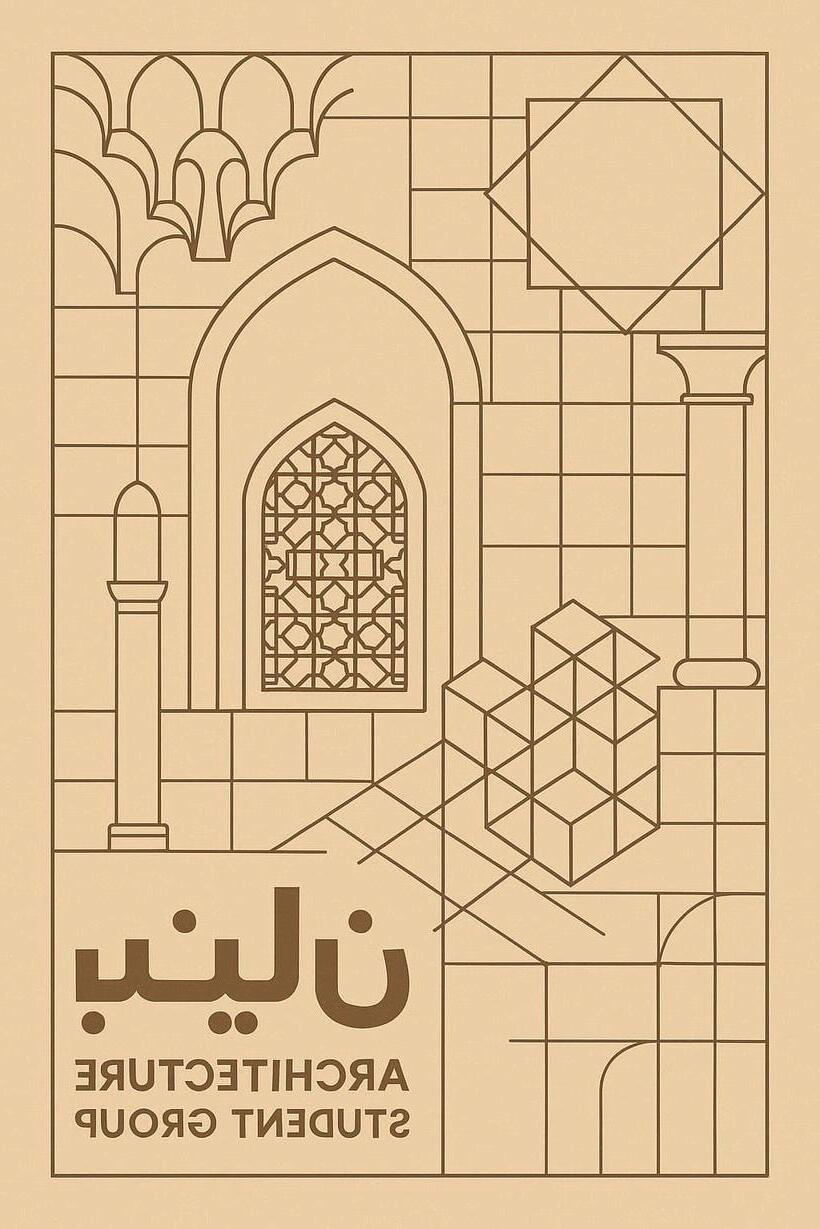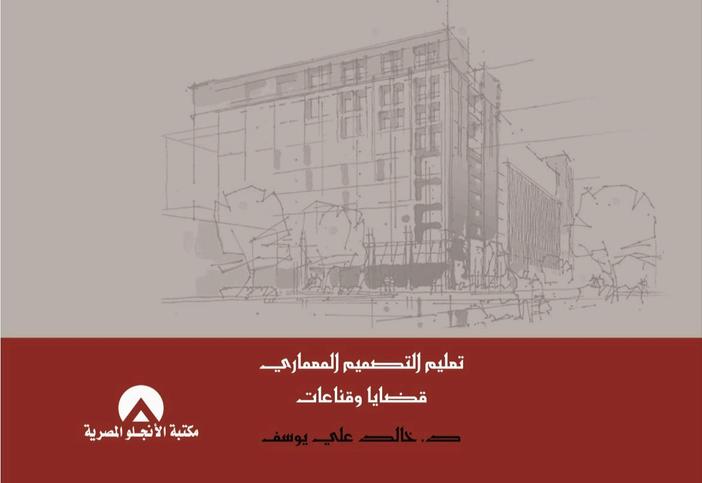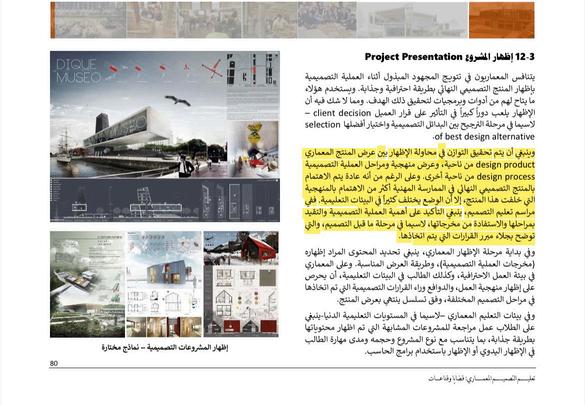
BUNIAN community
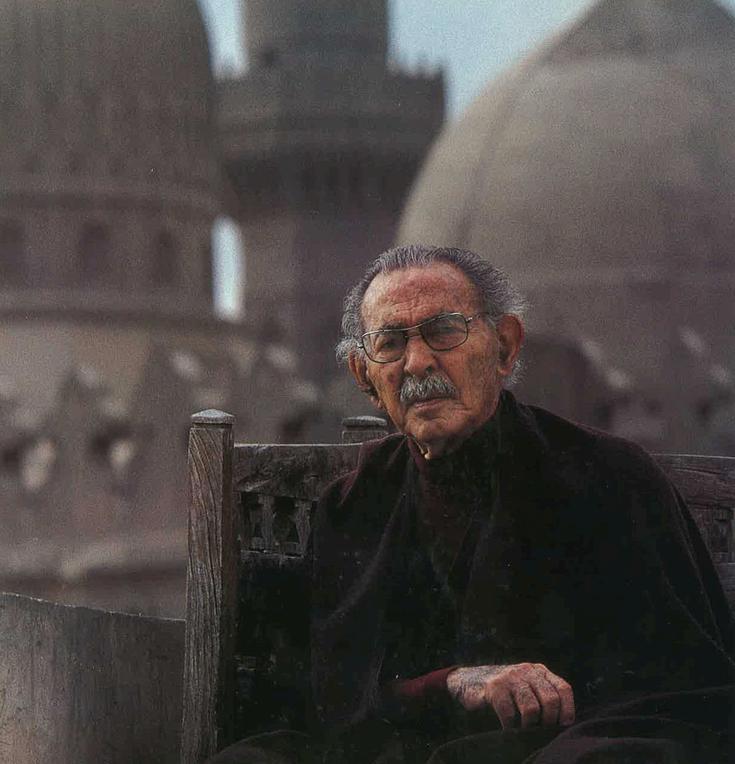
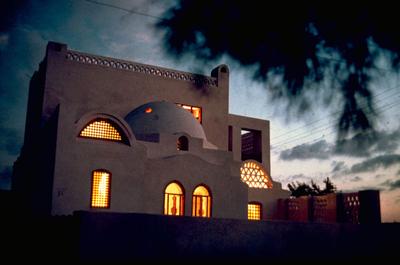

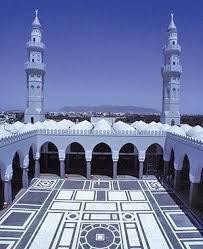
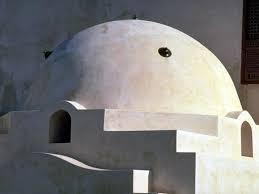
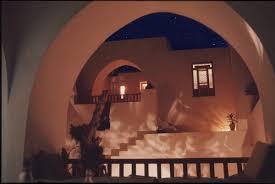


I S S U E N o . 1










I S S U E N o . 1


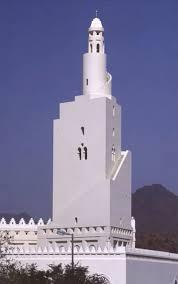
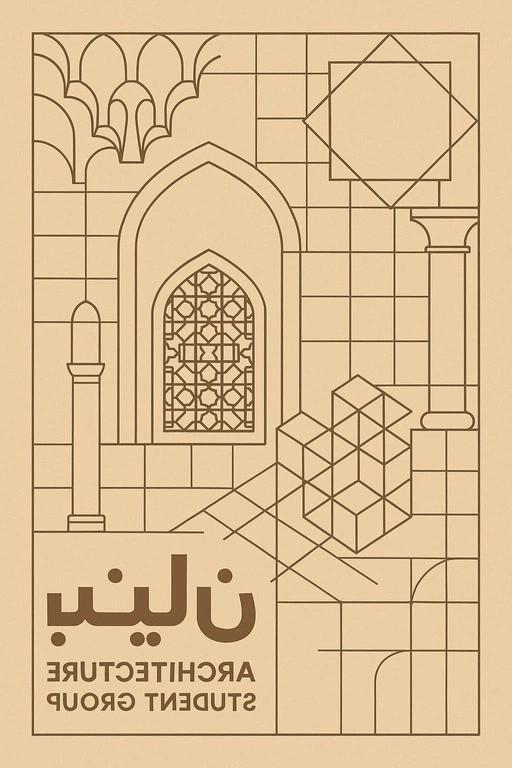
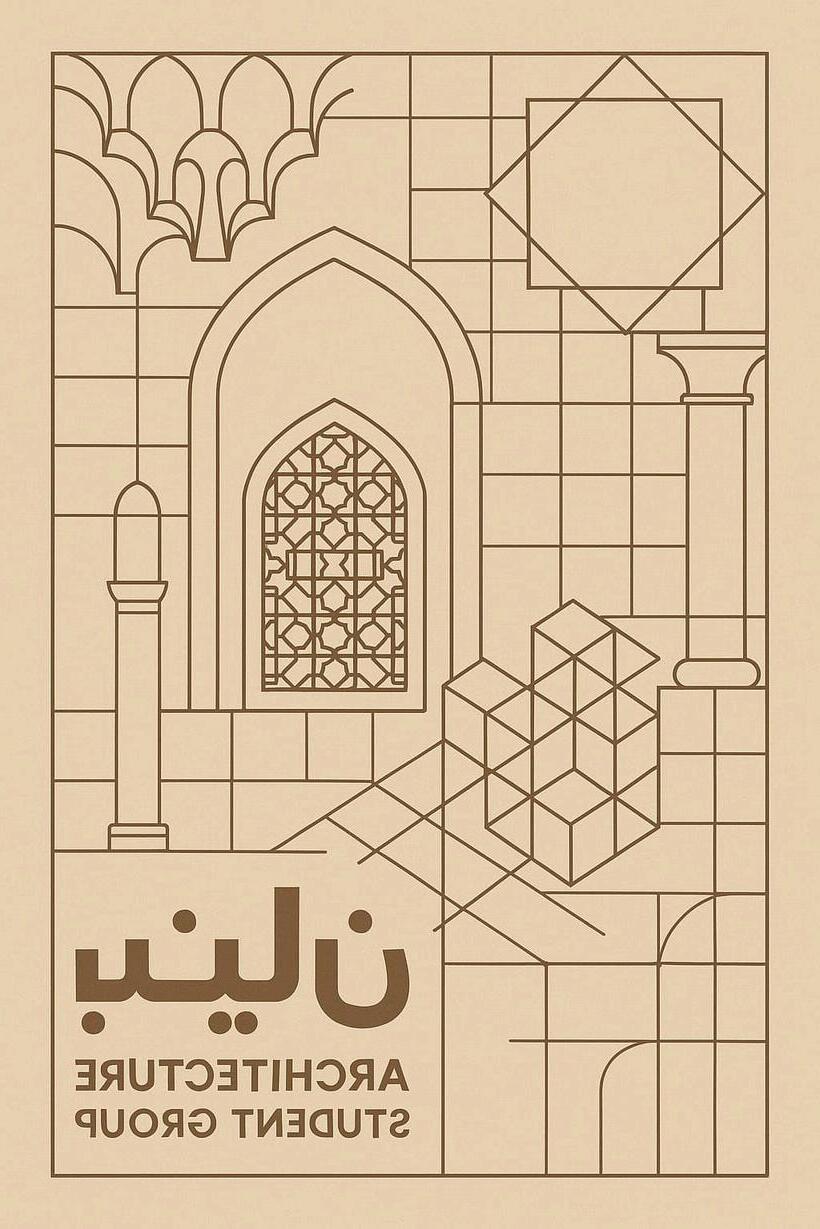

In a world of constant events and lost meanings, we felt a need for a platform
In a world of constant events and lost meanings, we felt a need for a platform
In a world of constant events and lost meanings, we felt a need for a platform where beliefs are re-organised, where the value of awareness is elevated, where beliefs are re-organised, where the value of awareness is elevated, where beliefs are re-organised, where the value of awareness is elevated, where thoughts are given the freedom to be where thoughts are given the freedom to be where thoughts are given the freedom to be
This bulletin was born from the desire to have a space that reflects who we
This bulletin was born from the desire to have a space that reflects who we
This bulletin was born from the desire to have a space that reflects who we are: aspiring architects with ambitions of tangible change, in search of purpose are: aspiring architects with ambitions of tangible change, in search of purpose are: aspiring architects with ambitions of tangible change, in search of purpose and goals in architectural intricacies and meaning in the folds of culture and and goals in architectural intricacies and meaning in the folds of culture and and goals in architectural intricacies and meaning in the folds of culture and sincerity in ambitious words and promises. sincerity in ambitious words and promises. sincerity in ambitious words and promises
Our opinion is that Our opinion is that Our opinion is that too many voices and visions are marginalized and too many voices and visions are marginalized and too many voices and visions are marginalized and forgotten so we decided to rebuild the bridge between person and idea, forgotten so we decided to rebuild the bridge between person and idea, forgotten so we decided to rebuild the bridge between person and idea, between the inherited and the modern, between originality and renewal between the inherited and the modern, between originality and renewal between the inherited and the modern, between originality and renewal
WHAT IS THE GOAL OF THE BUNIAN BULLETIN? WHAT IS THE GOAL OF THE BUNIAN BULLETIN?
WHAT IS THE GOAL OF THE BUNIAN BULLETIN?
The bulletin aims to be a platform for knowledge and culture, to build up and The bulletin aims to be a platform for knowledge and culture, to build up and
The bulletin aims to be a platform for knowledge and culture, to build up and urge the reader towards curiosity and to induce a desire to seek the truth. urge the reader towards curiosity and to induce a desire to seek the truth. urge the reader towards curiosity and to induce a desire to seek the truth.
ON THE CONTENTS OF THE BULLETIN ON THE CONTENTS OF THE BULLETIN ON THE CONTENTS OF THE BULLETIN
The diverse contents of this bulletin provide the reader with an informative
The diverse contents of this bulletin provide the reader with an informative
The diverse contents of this bulletin provide the reader with an informative experience that combines depth and simplicity, we aim to ensure that within experience that combines depth and simplicity, aim to ensure that within experience that combines depth and simplicity, we aim to ensure that within these pages you find a lively space that expresses who we are and reflects our these pages you find a lively space that expresses who we are and reflects our these pages you find a lively space that expresses who we are and reflects our reality and ignites the flame of curiosity and provides a sense of belonging reality and ignites the flame of curiosity and provides a sense of belonging reality and ignites the flame of curiosity and provides a sense of belonging every issue will contain: every issue will contain: every issue will contain:
ARCHITECT BIOGRAPHY: a brief deep-dive into the life and works of an
ARCHITECT BIOGRAPHY: a brief deep-dive into the life and works of an
ARCHITECT BIOGRAPHY: a brief deep-dive into the life and works of an influential architectural figure. influential architectural figure. influential architectural figure.
ARTICLE: an intellectual or cultural piece about relevant topics
ARTICLE: an intellectual or cultural piece about relevant topics
ARTICLE: an intellectual or cultural piece about relevant topics
INTERVIEW: an interview with a student, teacher or experienced individual.
INTERVIEW: an interview with a student, teacher or experienced individual.
INTERVIEW: an interview with a teacher or individual.
BOOK OF THE MONTH: BOOK OF THE MONTH: BOOK OF THE MONTH: a recommendation and review of books worthy of a recommendation and review of books worthy of a recommendation and review of books worthy of attention attention attention the aforementioned contents are presented to you with sincerity and elevated the aforementioned contents are presented to you with sincerity and elevated the aforementioned contents are presented to you with sincerity and elevated language and with the utmost consideration of the reader’s beliefs, tastes and language and with the utmost consideration of the reader’s beliefs, tastes and language and with the utmost consideration of the reader’s beliefs, tastes and iinterests interests nterests

BRIEF BIOGRAPHY ON THE LIFE & CAREER OF ARCHITECT:
BRIEF BIOGRAPHY ON THE LIFE & CAREER OF ARCHITECT:
BRIEF BIOGRAPHY ON THE LIFE & CAREER OF ARCHITECT:
ABDEL-WAHED EL-WAKIL ABDEL-WAHED EL-WAKIL ABDEL-WAHED EL-WAKIL
OPPRESSIVE OBJECTIVITY: AN ARTICLE ON LASTING INFLUNENCE
OPPRESSIVE OBJECTIVITY: AN ARTICLE ON LASTING INFLUNENCE
OPPRESSIVE OBJECTIVITY: AN ARTICLE ON LASTING INFLUNENCE
INTERVIEWS WITH SENIORS WITH SENIORS INTERVIEWS WITH SENIORS
BOOK OF THE MONTH
BOOK OF THE MONTH
BOOK OF THE MONTH
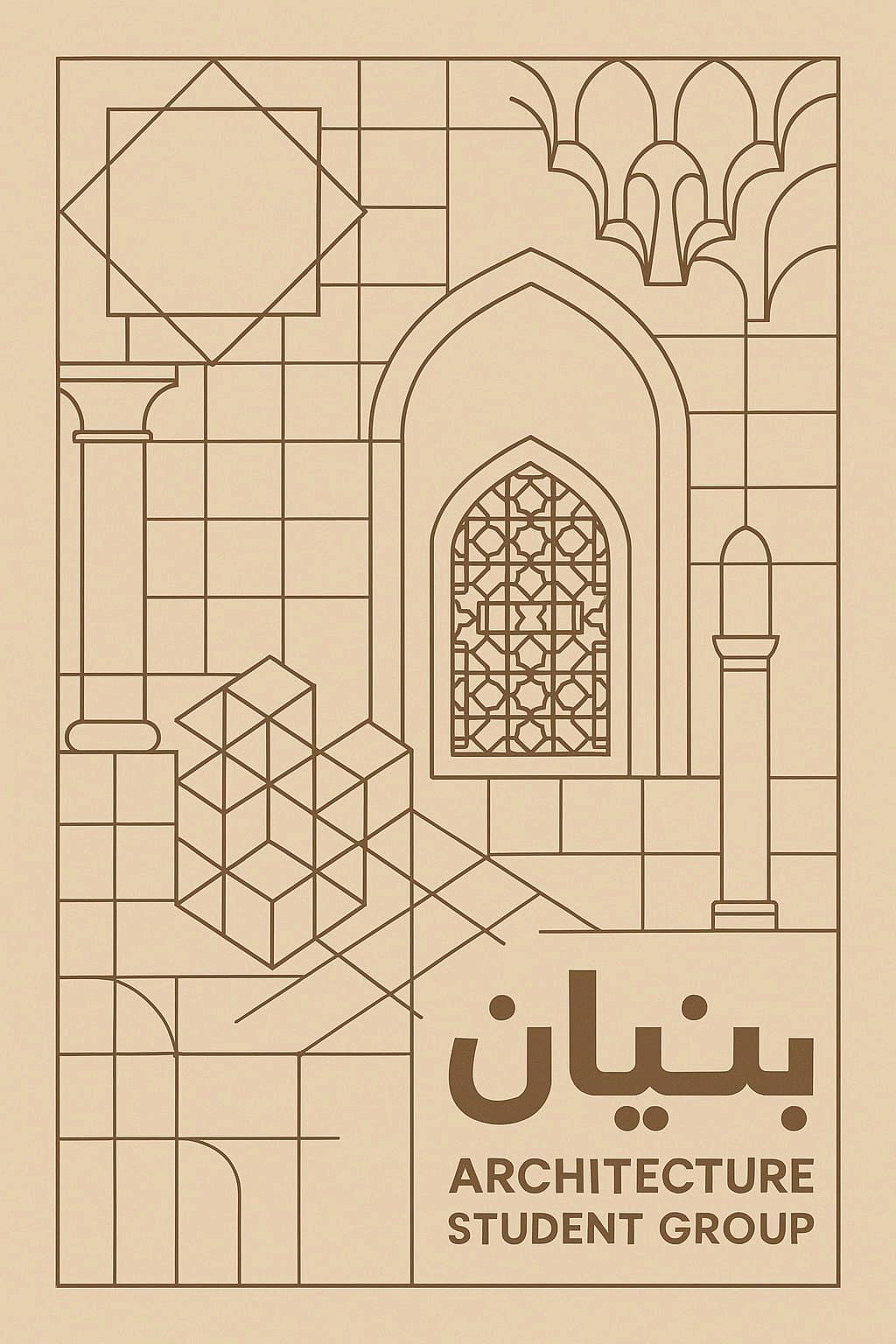
born in Garden City, Cairo in 1943, Abdel-Wahed ElWakil is an Egyptian architect who is considered one of the main figures in contemporary Islamic Architecture. He graduated from Ain-Shams University in Cairo with a BSc in Architecture with Distinction and First Honours Degree, where, from 1965 to 1970, he lectured in the Department of Architecture.


He has said he struggled to study what he was most interested in. ‘I wanted to know why our architecture – the new one – was ugly,’ At a time where the architecture around him seemed to be immensely influenced by the west and the urging from his instructors to align his methodologies and principles to those very western values, El-Wakil felt lost. A transition point found its way into his life in the form of his mentor Hassan Fathy
His mentor was famous for his work in rural Egypt going back to the materials of the land and the forms to which they lent themselves. Fathy’s attempt to put the means of production, the craft of building, back into the hands of the people who need it most still runs deep in the thinking of 81-yearold Professor El-Wakil Due to being very out-spoken about his beliefs, Hassan Fathy’s mention was taboo at the Ain Shams Department of Architecture and that forced El-Wakil to end his teaching post at the Faculty and begin his new education with his mentor.
Working under Fathy gave El-Wakil, the chance to finally be able to reject modernist and western ideologies and reflect his heritage in his work without restriction. After five years of working with Hassan Fathy, following the Six-Day War of 1967 had brought Egypt into an economic disaster and again modern building materials became scarce and expensive these unfortunate conditions provided a unique opportunity for El-Wakil to apply Hassan Fathy’s design philosophy of architecture for the poor and the utilization of available local materials. El-Wakil published his ideas on the loss of identity and how modern architecture isolates the individual as destructively as the tactics of the KGB. ‘It cuts us off from ourselves and our history,’ he says. ‘Tradition nurtures the spirit.’



“”architecture without philosophy is engineering”
modern architecture was founded on the principle of distancing ourselves from tradition as far as we can and to create a tangible gap between past and present, Abdel-Wahid El-Wakil definitively showed that modern architecture will not endure if it does not derive its cores from traditional architecture, if it does not respect it, if it does not return to it or work with its essence
El-Wakil sees architecture as a living thing or an evolutionary process, nothing is born from nothing, we all inherit certain traits from our parents architecturally speaking, those traits are our traditional practices and principles. In understanding this concept, you would be able to design in any place on earth in such a way that speaks that place’s language. In holding on to this philosophy El-Wakil was able to successfully design buildings in countries like Egypt, Saudi Arabia, Greece, the UK and many more buildings that were in direct conversation with their location

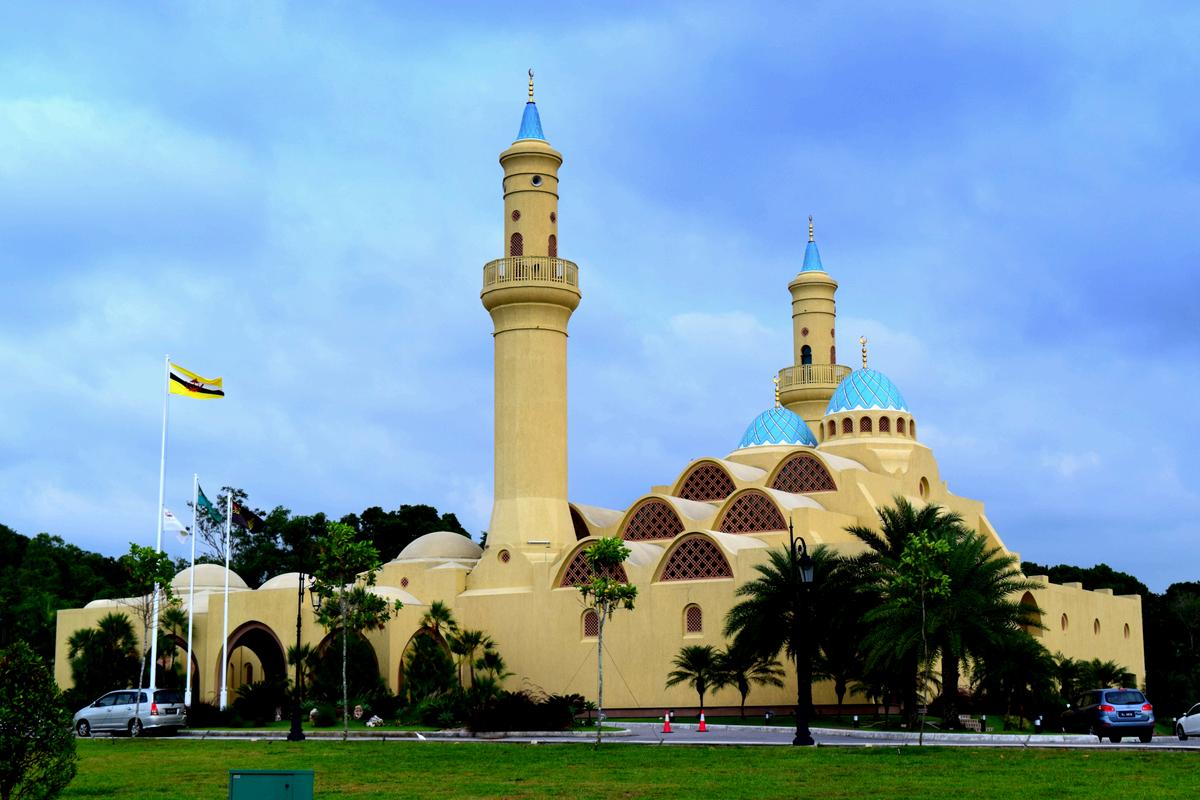

in 1973 he began working in Saudi Arabia, he was tasked with designing a few buildings including Zahran Mansion and Al-Suleiman Palace in Jeddah which became one of the biggest unique monuments to demonstrate the application of traditional Arabian design concepts in a modern way.
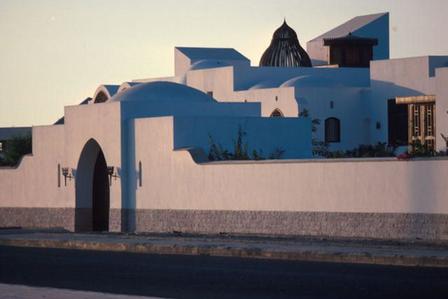
One of his most important works in Saudi Arabia was to restore multiple mosques and to use traditional methods of construction whether that be through materials or structural systems He restored and built over 15 mosques and he accomplished that over a 10 year period paying a great attention to detail to each one, These mosques included: the Dome Mosque, the Qiblatain Mosque, the Friday Mosque, the Medina Mosque, the Medina Migat Mosque, and some small mosques in the city of Jeddah as part of the city's development process, namely the Al-Jazirah Mosque, the Corniche Mosque, the Al-Ruwais Mosque, and the Abraj Mosque


Abdel-Wahed El-Wakil contributions and efforts in keeping Islamic architecture alive and maintaining the identity behind its concepts cannot be overstated, the way he applied his learnings, his use of local materials and traditional constructions methods in projects that are revered worldwide and across cultures is inspirational and his refusal to compromise and waver on his core principles is incredibly admirable.

His architecture created a link between the authenticity of the past and the modernism of the present without letting go of identity

Abdel-Wahed El-Wakil has been awarded for his work many times throughout his impressive career, awards that include but are not limited to:
1- IN 1980, HE WONTHE FIRSTAGA KHAN AWARD FOR ARCHITECTURE FOR HIS PROJECT(RESIDENTIAL VILLA ON AJAMI BEACH)
2- IN 1985, HE WONTHE KING FAHD AWARD FOR RESEARCH IN ISLAMIC ARCHITECTURE.
3- IN 1986, HE RECEIVED HONORARY MEMBERSHIP FROMTHE AMERICAN INSTITUTE OF ARCHITECTS IN SAN ANTONIO,TEXAS, FOR HIS DISTINGUISHED WORK
4- IN 1987, HE WONTHE BESTDESIGN AWARD IN A COMPETITION ORGANIZEDTO FINDTHE BESTNEWTECHNOLOGICAL SOLUTIONS FOR SOCIAL HOUSING (CINTUS), WITHTHE PARTICIPATION OF 75 COUNTRIES THE COMPETITION WAS HELD ONTHE OCCASION OFTHE INTERNATIONAL YEAR OF SHELTER FORTHE HOMELESS (IYSH)
5 - IN 1988, AL-WAKIL WAS AWARDEDTHETITLE OF PROFESSOR BYTHE INTERNATIONAL ACADEMY OF ARCHITECTURE ANDTHE INTERNATIONAL UNION OF ARCHITECTS
6 - IN 1989, AL-WAKIL WONTHE AGA KHAN AWARD FORTHE SECONDTIME FOR HIS DESIGN OFTHE CORNICHE MOSQUE IN JEDDAH 7- IN 1993, AL-WAKIL RECEIVED A CERTIFICATE OF APPRECIATION FROM DADE COUNTY IN MIAMI FOR HIS PARTICIPATION IN AN ARCHITECTURAL COMPETITION ORGANIZED BY ANDRES DUANY FORTHE URBAN DEVELOPMENTOF SOUTH BEACH IN MIAMI
8 - IN 1994, AL-WAKIL RECEIVED A CUP AWARD FOR HIS ACHIEVEMENTS WITHIN MEDINA
9 - IN 1999,THE INTERNATIONAL CONFERENCE ON MOSQUE ARCHITECTURE IN RIYADH AWARDED ARCHITECTABDUL WAHID AL-WAKIL FIRSTPRIZE FOR CONTEMPORARY ARCHITECTURAL DESIGN OFTHE MOSQUE

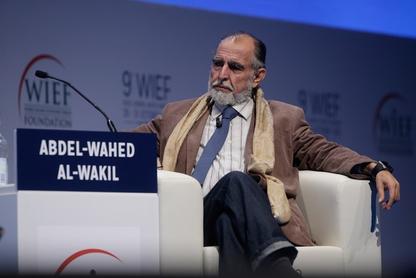



ABDEL WAHID AL-WAKIL DESIGNED THE MIQAT MOSQUE (DHU AL-HULAIFA) IN THE LATE 1970S, AND ITS CONSTRUCTION WAS COMPLETED IN THE EARLY 1980S

generations continue to make Adolf Loos proud; but is that something we should still want? I am currently taking a contemporary architecture history course in the first semester of my third year, in it, i came across Adolf Loos’ impassioned statements on ornamentation and subsequently decided to read his article on the subject entitled “Ornamentation & Crime”. At first his disdain for ornamentation rang as a subjective opinion from a pioneer architect of early modernism and his status was the only reason we were exposed to it but in reading his almost aggressive hatred towards ornamentation even going as far as to paint it as a “moral failure” i was curious to hear his elaboration and reasoning. I first noticed that he spoke with the authority of someone who’s delivering a truth, someone who’s relaying undisputed facts and even he expressed feelings of surprise at the fact that his words weren’t met with immediate approval at the time, stating;
“I have made the following discovery and I pass it on to the world: The evolution of culture is synonymous with the removal of ornament from utilitarian objects. I believed that with this discovery I was bringing joy to the world; it has not thanked me People were sad and hung their heads What depressed them was the realization that they could produce no new ornaments.”
the article goes on to talk about how we have grown past the need for ornamentation and that it has no direct link to our culture (maybe not to his but you can’t expect a european not to generalise i guess) that the letting go of ornamentation gives way for the elevation of other art forms and that continuing to place a value on ornamentation is slowing down the pace of our cultural evolution. he cites examples like clothing and economic status and labour to illustrate his points but doesn’t go deeper than a black and white exclamation. He closes by expressing that freedom from ornamentation is a sign of spiritual strength and/or intellectual power.
I enjoy reading opinions delivered with passion as through that enthusiasm I tend to develop a sense of understanding of where that opinion might be emerging from even if I do not necessarily agree but Adolf Loos’ method for justifying his dislike seems to not go beyond “it’s bad cause i hate it”
writer and artist Simon Frith categorises two arguments when arguing for the “badness” of something: effect and production. Only one of which is relevant to this particular topic.
The Effect Argument. Which is to argue that something is bad because it is wrong.
Loos vaguely uses this argument in his article, condemning society for not recognising that it has outgrown ornamentation and stating that this failure to acknowledge ornamentation’s badness has negative side effects on society, he protests:
“I don't accept the objection that ornament heightens a cultivated person's joy in life, don't accept the objection contained in the words: 'But if the ornament is beautiful!' Ornament does not heighten my joy in life or the joy in life of any cultivated person.“
The problem with this argument is it doesn’t really have any depth to it beyond it being a subjective opinion. The negative side effects he claims are occurring aren’t necessarily due to ornamentation, that is if they are occurring at all. People who use the Effect Argument to critique something usually cannot articulate their reasoning behind it as they themselves do not know it, they simply know that they dislike it
There are languages and rules within each field, rules set by the forebears of the field that are up to us to accept or reject. Adolf Loos was one of the pioneers of Early Modernism, he set a historical precedence that can never and should never be denied or undone, we constantly draw upon his and his peers’ teachings and entirely rejecting his significance in architecture and dismissing the role his contributions played in leading us to where we are today would be foolish and hypocritical. that being said; sometimes clinging on to the mindsets of those who came before us, no matter how influential and crucial they were to the medium we serve, does more harm than good, is more of a hindrance than a help, to quote Loos himself: “such practices stunt our evolution”
Now, I do not want to go in depth on whether or not I agree with all he has stated or how I feel about the tying of chosen aesthetical preferences to morality. but i will say i noticed a strong sense of familiarity in this thought process, from my educators, from my peers, from the vast majority of people interested in architecture in this day and age. and it is no surprise that this thought process has been ingrained into us in our design studios, my educators were trained by modernists and so were their educators before them. They have specific contemporary expectations and despair at an out-of-the-box approach or even an expression of appreciation for ornamentation or otherwise. We're told what “look” we should exactly aim for and if you were to dissect what that “look” is you’ll find it has Adolf Loos and other modernists written all over it.
my personal life and style and other aspects of my existence could and maybe even should be defined by ornamentation in a way, after all, everywhere you turn someone is screaming at you to express yourself. but that belief can’t seep into your design, you cannot and must not allow it to. your brain’s automatic instinct should not be your first approach, discard it, discard the decoration, strip it down and then present it.
In many cultures, ornamentation permeates many aspects of our lived experience, it elevates it, it communicates to the viewer. It breathes life into events, clothing, homes, food, etc culture is identity, contorting it to fit a pre-ordained narrative is unnatural and shouldn’t be expected of anyone. It makes complete sense that as a result of my upbringing, ornamentation is a part of how my vision of certain things is framed, not to mention it’s how one’s taste is formed
With all this information we can gather that there are objective factors that can be measured and must be taken into consideration. Things like spatial organisation, function division, site use, concept development, context sensitivity etc can all be judged in relatively objective ways but how each individual will weigh and approach these factors is different according to their own inner workings and tastes and methodologies. This approach isn’t necessarily taught, it could be an instinctive nature or a developed technique or an ever-changing process, it differs from individual to another and should be maintained unique as such
Architecture is a medium, we are in service of it We function to progress it and progress in it. You have a responsibility towards anyone who is a level below you, who is less experienced than you in any aspect of that medium, who feels lost and is encountering the hurdles that you have already overcome. you help out where you can all in service of the collective and architecture as a whole This is a monumental responsibility and you can understand that it falls on our instructors a thousandfold. If you claim to be an admirer of a medium but within the context where you are indicting people into it or asking them to thrive in it and develop the medium as a whole, you cant control the urge to inflict your own beliefs and preferences onto literal beginners and not giving them the option not to comply to them or allowing them the freedom to develop their own, then you are actively suppressing the potential and value of the medium and the student simultaneously.
While doing research for this piece I read through multiple accounts of teachers navigating the subjectivity vs objectivity argument One articulation stood out to me:
“I have no choice but to try to be as objective as possible for my students, they are very sensitive to any hint or sign of bias (they are putting their passions on display after all). When I criticize their work, I try not to criticize their stories, but their technique I do think it is my job to teach them to communicate their message as effectively as possible, without me telling them what their message should be”
Of course I want my educator’s wisdom imparted onto me, I even actively seek it out. I trust them and never want to feel like that trust is misdirected. but a delicate line needs to be towed between chaotic subjectivity and oppressive objectivity. Our minds should be allowed to be open, i cant be limited by your taste or adolf loos’s taste or the conflicting tastes of two teachers in my design studio whose respective subjective opinions I'm expected to satisfy at once. Think of your current design project. what would adolf loos’ opinion on it be? What would your instructor’s opinion on it be? How similar are those two opinions?


to begin, do you have any opening remarks for first year Abdulaziz?
My start was a bit unusual as i was a transfer student so my course selection was all over the place so that was very disorienting and things felt scattered so I'd tell him to go about that in a more orderly manner. Outside of university, i would tell him to focus on the value of a day, we take days very lightly but even small habits built up and done for maybe even 20-30 minutes a day for four years would’ve have made a massive change and difference. Like learning a language, or reading and learning about this field or developing skills you want to possess. Give those 20 minutes per day habits an importance and reverence and they’ll add great value to your daily life.
In my first year, i found myself feeling lost a lot of the time or not knowing what I'm doing, does this feeling go away with time?
I don't want to say it doesn’t but it takes on new forms. As you start to feel like you have a grasp on certain things, you’ll find new things that you’ll feel lost in. But it grows your confidence knowing that you can overcome it as you had overcome things before. It’s naturally scary the first time, but as you gain experience the fear subsides. even when it comes to decision-making no matter the scale or the effect of the decision, the confidence to make decisions comes from repeatedly making decisions. the fear shouldn’t stop you from taking the step, allow yourself to fail.
How do you start to trust your gut feeling or choices without having hindsight of the outcome?
Some things have certain set standards and for some things you cant find what the standards are or you don't even know them when you're just starting out. I think it’s luck at first more than right and wrong. But in the beginning you can seek opinions of people who are older or more experienced. Because you don't have experiences at that point to fall back on, don't blame yourself if you make the wrong choices, just learn from these mistakes and know it was out of your hands. Gain something from it and develop your own standards for yourself. Develop strategies to face your problems in and out of academics.

When you look back on your academic journey, what’s been the most difficult part and what did you learn from it?
The second semester of my first year was the most difficult. it circles back to that lost feeling but also a big part of it is i felt that my instructors didn’t understand me. My project that semester was to design an activity center. When i said i want to design something based on diversity and inter-cultural discussions, my instructor’s response was that these people coming from different cultures could communicate through dance and I understood and accepted that we thought of things fundamentally differently.
I wanted people to reach the depths of each other’s cultures through direct communication and enriching conversation but realized that the approach here is not to reach for depth but to allow for active engagement, just something simple to reflect. That was my first obstacle. Another thing was that I felt my concept research was based on principles and morals whereas they focused on forms and abstract ideas. I realized I had no choice but to try to adapt to what they wanted without fully letting go of my beliefs of what design should be.
how do you meet them in the middle with their approach for design without losing your own identity or way of thinking?
That was one of the main reasons we formed this community. Cultural disconnection was a major issue we saw, as in form isn’t that main message that should be communicated through your work. Some of my instructors were very understanding of this and encouraged me to not compromise on my approach.
Plus, not reflecting this completely in my school work did not mean it wasn’t a part of my life as it is something I'm constantly enriching myself with outside of university and it was never something I was going to fully compromise on while still trying to reflect it in my work wherever the opportunity arose.

have you ever had a moment where you considered changing majors or felt that it was difficult to continue?
honestly no. i don't know whether it’s because i love it very much or because I didn't want to take the risk of starting something new. It's extremely normal to have those thoughts, but it’s not something I have experienced. As opposed to most people here, I started my education in Saudi Arabia amongst friends and instructors who I related to culturally and socially. Not having that cultural gap that people experience in Cyprus at the start of my education helped and made me really enjoy it. The feeling of development and seeing my own progress drove out any level of boredom and my instructors who were deeply intellectual and engaging were a huge part of that. I would look forward to their lectures very much. All these reasons contributed to me not considering changing lanes.
what type of thoughts keep you going when it gets tough?
having long-term goals and purposes makes the road easier. having something to work towards allows you to push through the difficult times and reminds you that your day-to-day issues don’t really have a massive effect in the long run.
what are you proudest of achieving so far?
this community. I'm always thinking of what i can do towards it. My education is a personal achievement, but this community serves others and serves society. The thought of creating something that makes someone care enough to learn about it and to teach others, the ripple effect of that goes a long way and is ever-growing. Things that improve society and people are a hundred times more crucial and valuable than personal, individual growth.
Abdel Wahab El-Messiri has expressed that this is a main difference between the west and our society. The west, as a result of capitalism, adopted an individualistic and transactional hive mind way of thinking whereas we are taught to provide for others and help each other as best as we can. This difference in lifestyle gives society the desire to serve others without influence from government or authority. It's just a basic human concept and an important Muslim trait. I hope I've done things in my past that serve people in that way but this community will always be better than anything I achieve for my own personal gain.
Dr. Khalid Ali Yousef
a book that deal with architectural teachings by discussing common cases and basic principles, after highlighting these points the book delves into breaking down the design process through clear and concise steps in a way that the transitions between steps are smooth and easy to digest. Lastly, the book shows the projects of students from King Abdulaziz University in Jeddah.
Publication: 2018
pages: 108
